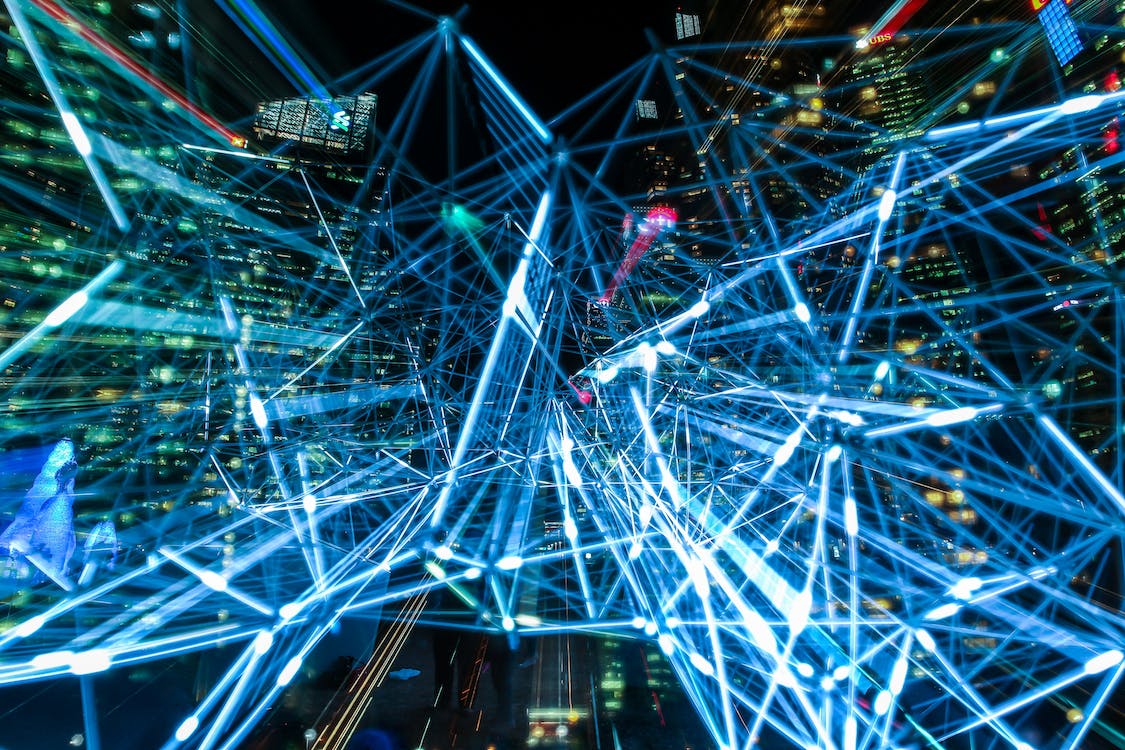Generative AI: Preparing For The Creative Explosion

In this article, we will explore the impact of generative AI on organizations and workforce, highlighting the benefits and concerns. We will explore how organisations can prepare staff for changes using upskilling and training programs, creating new roles, and leveraging AI to create new job opportunities.
Generative AI and its benefits
Generative AI, also referred to as deep learning, has had a significant impact on organizations across various business processes, such as customer service, marketing, product development, and employee training, in recent years. Tools like ChaptGPT, Midjourney and DALL·E have made waves in the media, online and with marketers scrambling to use them while academics struggle to protect academic integrity.
This technology's most significant advantage is its ability to automate repetitive and mundane tasks, freeing up employees to focus on more complex and creative work, ultimately increasing productivity and efficiency. For example, chatbots can handle customer inquiries, while customer service representatives can handle more complex issues.
Moreover, generative AI provides organizations with valuable insights from large amounts of data that would be impossible for humans to process. The technology processes data more efficiently than humans and identifies patterns that are often difficult to detect. Therefore, businesses can make informed decisions, improving their bottom line.
Concerns
Although generative AI has numerous benefits, there is growing concern about job displacement. According to the McKinsey Global Institute, up to 375 million workers worldwide could be displaced by automation by 2030. Therefore, it is crucial for businesses to prepare their workforce to respond to these changes.
What's next
To address the issue of job displacement, businesses can implement training and upskilling programs to help their employees adapt to changes brought about by generative AI. These programs allow employees to learn new skills that are in demand, increasing their marketability and relevance in the evolving job market. Organizations can also create new roles that focus on overseeing and managing the automation process. This ensures that AI is optimized for organizational success, and staff can manage and maintain the systems.
In addition, businesses can leverage generative AI to create new job opportunities in areas such as data analysis and AI management. Organizations can also implement AI-powered performance monitoring to identify employee strengths and weaknesses and offer personalized training to help them enhance their skillsets.
Generative AI has significantly impacted organizations, improving efficiency and productivity, while also raising concerns about job displacement. Businesses can mitigate the negative effects by investing in upskilling and training programs for employees, creating new roles focused on automation and AI management, leveraging AI to create new job opportunities, and implementing AI-powered performance monitoring. By doing so, businesses can optimize generative AI for organizational success, minimize job displacement, and prepare their workforce for the changing job market.


